This is a free fortnightly newsletter about the New Zealand Net. If you would like to be notified by email when a new edition is published, please contact ZL1NZ.
Browse our Newsletter Archive and List of Net Tips.
Featured key
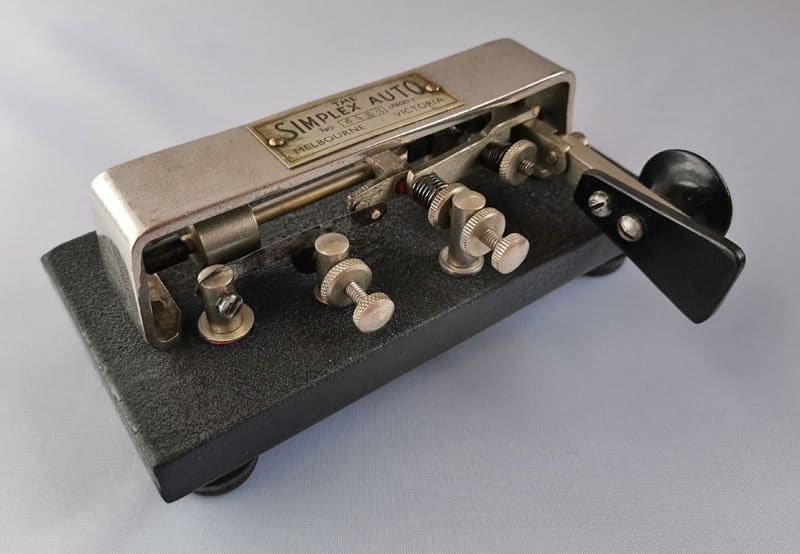
Simplex Auto key, 11th version, c1950. Photo: Mark Brundrit
This 11th version of the famous Australian Simplex Auto semi-automatic, right-angled key carries a serial number of 6453 and would have been manufactured around 1950. This version was the last produced and it has a number 5 label which notably omits the name of Leopold Cohen, the inventor and manufacturer. It still indicates “Melbourne Victoria” which could indicate that Cohen had left the business, possibly due to ill health, as Cohen died in 1954.
Leopold Gilbert Cohen invented the Simplex Auto semi automatic Morse sending machine about 1920 and was the sole manufacturer and distributor until he enlisted in the army in 1939. It is a right angled key and was very popular with users including telegraphists working for the PMG.
Detailed information on this famous key can be found on Ron McMullen’s website, which contains a vast amount of information on Australian instruments.
Editor’s note: Don’t miss the fantastic video later in this newsletter, in which you can see two models of Simplex Auto being used by true experts!
* If you have an interesting key for this feature, please send me a nice clear photo and a few words describing it.
Quick notes
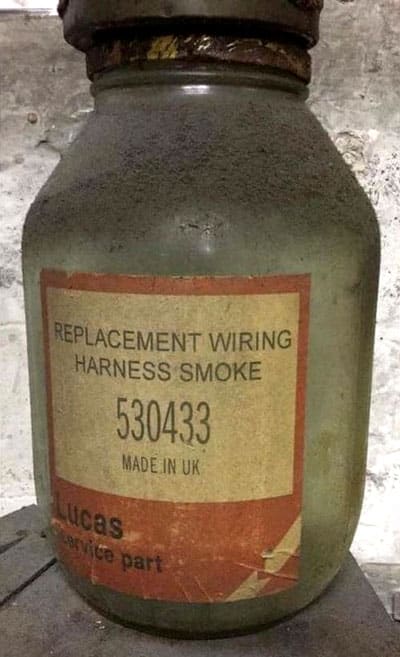
As I transmit this edition of NZ New News, I notice that it is almost exactly one month since New Zealand went into our highest level of alert against COVID-19 (11.59pm 17 August). While restrictions in most of the country have eased, here in Auckland we remain at Alert Level 4. It certainly seems like we’ve been this way for a long time. Just prior to the lockdown I stocked up on supplies for our business, and we have managed to keep going – but now the shelves are almost bare. If this continues much longer, I may finally get around to repairing some gear in the ham shack. “Every cloud has a silver lining,” goes the old saying.
David ZL2WT was featured in the latest edition of the FISTS Down Under newsletter. Quite an interesting story – especially for anyone who has struggled to learn Morse!
Steve ZL2KE was off-air for a few days after high winds in Masterton damaged his 80m aerial.
Dave ZL75BRL was running extreme QRP earlier this week as a result of a major aerial problem at the ZL2KO remote site in Blenheim. He is back to full strength now, but here’s the explanation from Grant ZL2BK who looks after the remote station: “One half of the wire dipole broke the connection to the coax. It had to be the connection to the centre conductor of the coax of course. I did a temporary repair as I had no way to power a soldering iron that could manage the joint. That will be a job for the weekend I suspect.” I am impressed that we could still hear Dave in such circumstances.
Stan ZL3TK is interested in exchanging messages with other radio amateurs using virtual Enigma machines. You can learn about this, and access the encryption keys, on Stan’s website.
The bottle pictured here was apparently found while clearing out the garden shed of a British amateur. Now his friends know how he kept his KW-2000 going all those years. 🙂
Photo flashback
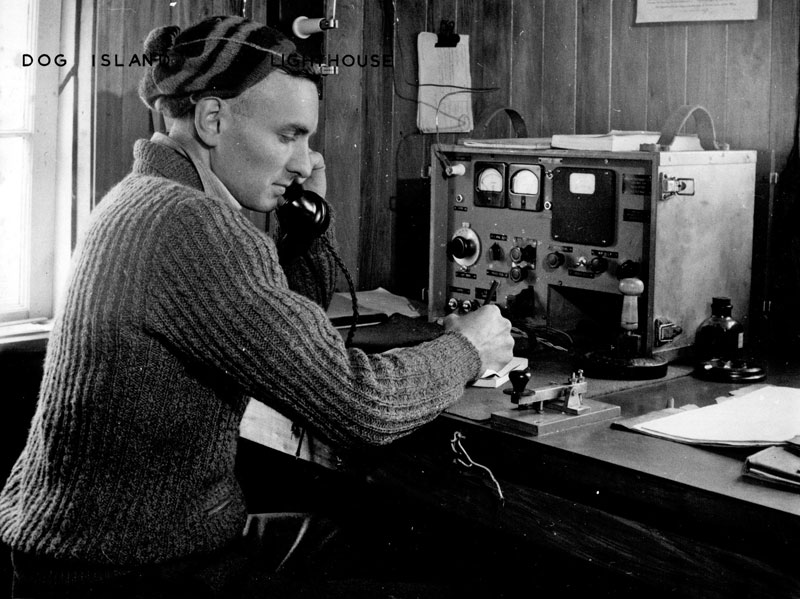
ZMG Radio, Dog Island, New Zealand. Date unknown. NZPO photo, courtesy Chris Underwood and maritimeradio.org
Antiques Roadshow reveals radio treasure
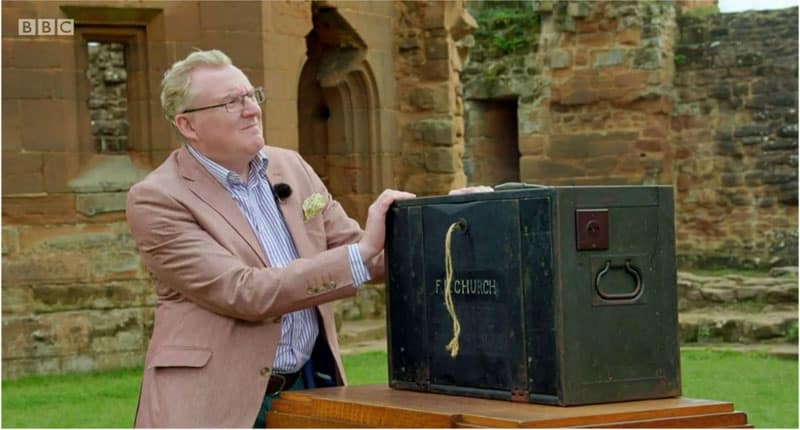
By John G4ETQ
On a BBC Antiques Roadshow in July, this item was presented for assessment by the experts. It was found in a barn by a chap clearing his father-in-law’s estate. He didn’t know what it was, but thought it would make a good tool box.
The valuer certainly knew what it was – a B2 spy radio from World War 2, in amazingly good condition, and worth 10-15 thousand pounds!
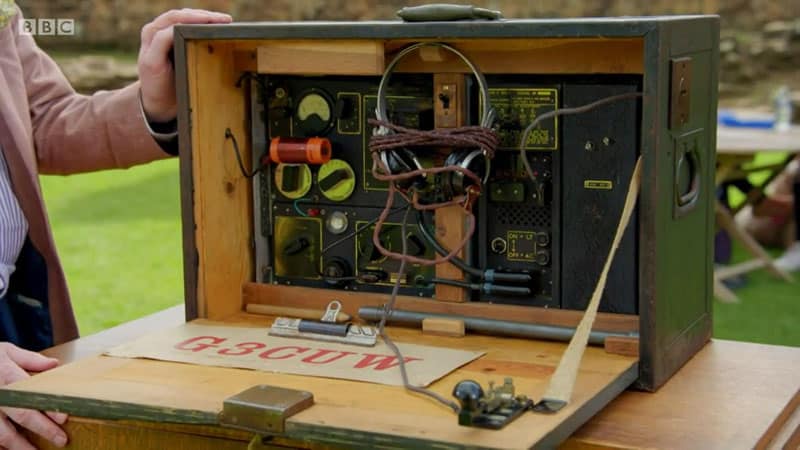
Observations from a CW newbie
By Peter ZL1PJH
I started to learn CW on 29 March this year. Papakura Amateur Radio Club member David Karasch ZL1DK started by transmitting characters Z, 7, Q, G and ZERO at 3 words per minute over the National System FM channel at 1930 hours on Monday, Tuesday, Thursday and Friday. David’s intention was to send at 20 wpm from the start, but with Farnsworth spacing at 3 wpm. Therefore, we heard characters at 20 wpm but these characters were separated by large gaps that allowed newbies to get something down on paper before the next character came along.
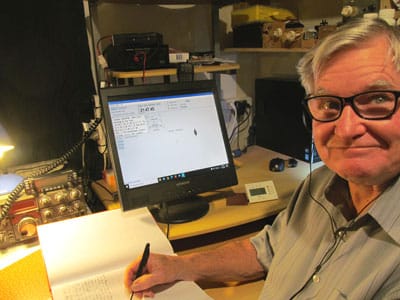 Now, more than five months later, David is sending characters at a Farnsworth spacing of 9 wpm. The range of characters has widened to include all alphabet letters, all numerals and the punctuation symbols stop, comma, question mark and forward stroke.
Now, more than five months later, David is sending characters at a Farnsworth spacing of 9 wpm. The range of characters has widened to include all alphabet letters, all numerals and the punctuation symbols stop, comma, question mark and forward stroke.
I have joined David’s endeavour of sending out Morse on the National System by transmitting on Thursdays. Rob ZL1RJS sends on Mondays and Tuesday and David sends on Fridays.
So what is my feeling upon hearing NZ Net each evening at 22 wpm? In a word, disbelief.
How can you possibly have reached such speed? I have for several months now turned on my HF at 3535 kHz to see what I can make of it. On 8 April, although listening intently, I only managed to ‘hear’ the call sign ZL1NZ. I puzzled then over the dah-di-di-di-dah, which a number of you sent along with most messages and have since learned it acts like an ‘er’ or ‘um’ in real life speech or as a sort of break between different ideas.
By 24 August, after a few dozen more National System sessions with David and Rob, and some private practice on my own, I tuned in to NZ Net and was able to identify more callers – ZL2GD, ZL1BWG, ZL4KX, ZL3RIK – and decoded ‘Kapiti Coast Museum’, ‘Wales’ and the word ‘French’ which popped up several times. Perhaps someone discussed a QSO with a ham in New Caledonia? However, to my ears the transmissions still sounded impossibly fast.
Around the beginning of August, I began to send Morse myself. This needed several hours of research on Google to get some idea of what CW operators actually send to each other.
One Morse keymaster suggested a script as a way to negotiate yourself into Morse land. I thought this might be a good thing to try. You write a simple CQ message, with QRS (slow Morse) at the end. When someone replies too fast, you remind them to QRS and hope to be able to ‘hear’ what they send. Here is one sample script I printed out and kept ready:
CQ CQ DE ZL1PJH ZL1PJH QRS K They respond. I send: XXXXX de ZL1PJH TNX FER CALL BT MY NAME IS PETER BT QTH IS WAIUKU WAIUKU BT UR RST IS XXX BT HW COPY? QRS PSE KN They respond a second time. I send: XXXXX de ZL1PJH TNX (name) FOR NICE REPORT BT MY RIG IS KNWD TS 830 ANT IS A DIPOLE BT WX IS ________ TEMP IS ___ BT HW COPY? KN They transmit details of their rig. And then a get-out final: XXXXX de ZL1PJH TNX FOR CALL 73 73 SK And an end 'bubble’: DIT DIT
Did it work? Not really. Most replies came in so fast I pretended I copied something and sent back a name and station report in the hope that was the kind of information they had sent me. 🙂
I know I will get faster if I continue, but have to accept some frustration is inevitable when my speed is still around 9 wpm. To give myself further opportunities at receiving, I listen to SDR Morse round the globe. SDR receivers in UK are handy, being exactly twelve hours behind us so we can listen to them in the mornings here. Several Morse learners there are doing my speed and I can read a fair portion of what they send. About four hours later, I can dial into SDR stations in New York and copy what the newbies over there like to send. Finally, later in the day and near our time for evening activity, the CW learners in California come up and there are lot of them. Each transmission received provides that much-needed variety of experience at receiving characters and getting them down on paper.
Will I ever be able to transmit to NZ Net? At present, I doubt it very much. However, I will keep trying. After all, you NZ NET people must all have been hearing at 10 wpm once and gone on to higher speeds. So perhaps there is a chance for me, if I keep going. 73
Video:
Here’s a superb video about a small group of retired landline telegraphists in Australia. Spot the Simplex Auto keys?
Morse Code acrostic
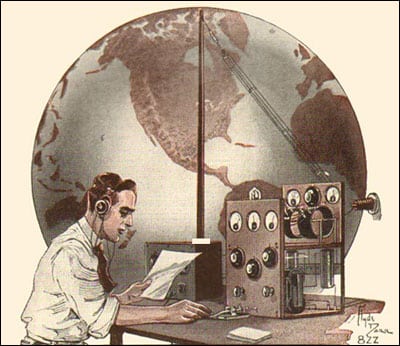 Mostly used these days as a mode of choice
Mostly used these days as a mode of choice
Operators still prefer it over voice and with good intentions
Radiotelegraphy was simply one of the best inventions
Sent over wire, HF and satellite
Electrical pulses racing at the speed of light
Continuous waves being made at will
Once used at sea and in amateur radio still
Dots and dashes sent by human hands
Enduring memories of friends made in distant lands
By Chris VK1CT, with illustration from QST, Nov 1926
NZ Net quiz: What am I?
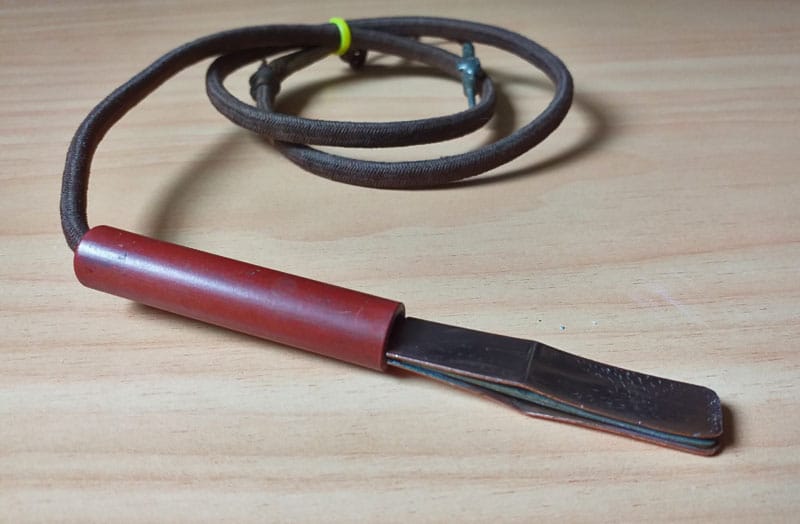
Photo: ZL1NZ
What is the name of the item pictured above, and what is its purpose?
Bonus points if you actually use one!
Please send your answer(s) via radiogram to ZL1NZ.
= = =
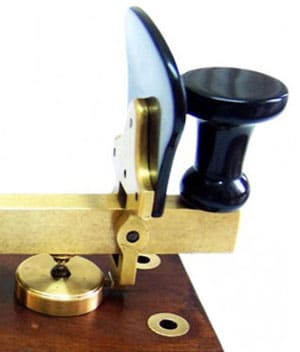 In our previous newsletter, I asked if you could identify the item shown here.
In our previous newsletter, I asked if you could identify the item shown here.
The key is a Forcieri landline key, made in Italy, and the unusual item in front of the knob is an automatic version of the circuit-closing switch typically seen on landline telegraph keys.
(When a landline operator was not sending, they had to close the circuit so other stations could send, as the stations were wired in series. If an operator forgot to close their switch, they were in big trouble, as the entire circuit would be dead.)
Thanks to the clever switch on this Forcieri key, the key remains closed until the operator grasps the key, at which time their knuckle pushes on the paddle and opens the contacts so that a message can be sent. Although the design is ingenious, these keys look like they would be uncomfortable to use.
And, as pretty as they are, you wouldn’t really want one connected to your radio transmitter, would you!
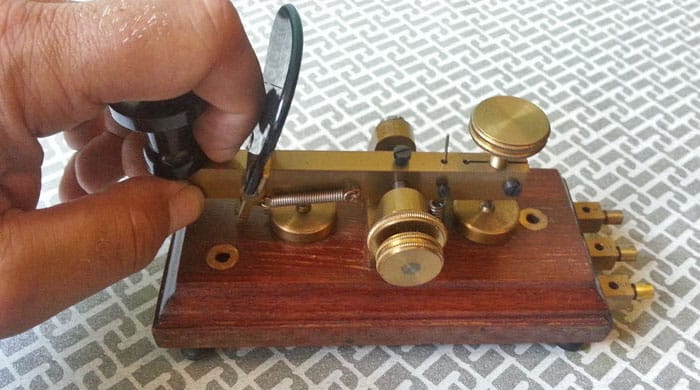
Forcieri key showing circuit-opener automatically activated by operator’s knuckle. Photo: CW Corner by IZ0KRC
Stephen ZL1ANY and Gerard ZL2GVA worked out the purpose of the switch and sent their replies via radiogram.
Net tip: If the Net has traffic for you
For the past two weeks we have been routinely sending some stations off frequency (QNY) to exchange their QTC, which allows the Net to operate as efficiently as possible. (See NZ Net News 63.)
Thank you for all the positive feedback I’ve been hearing about this upgrade to the NZ Net.
If you have traffic, please continue to check in during the first five minutes of the net if you can, so that NCS knows as soon as possible the traffic that needs to be cleared.
If you do not have traffic, please hold back until stations with traffic have finished checking in.
Now, here is an additional refinement.
Suppose you do not have traffic, but you hear another station list traffic for you during the first five minutes of the Net. In this case, please check in right away, so that NCS can send you off frequency to get your traffic.
(As each station checks into the Net, the NCS watches for a “match” in their log. Generally, NCS will ask stations to QNY as soon as a match is registered. We do this so that the stations can clear their traffic and get back on net frequency as quickly as possible.)
Advertising archive
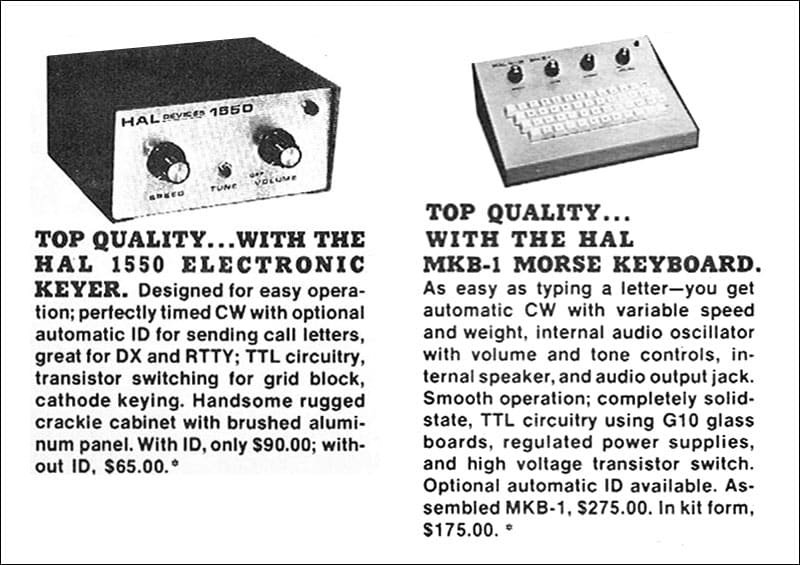
QST magazine, December 1973
Suggestions?
If you have suggestions on how to make the NZ Net better, or things you’d like to see covered in these updates, please contact ZL1NZ. You might even like to write something for the newsletter.
Thanks for reading, and I hope to see you soon on the NZ Net!
—
Neil Sanderson ZL1NZ, Net Manager
New Zealand Net (NZ NET)
3535.0 kHz at 9pm NZT Mon-Fri


